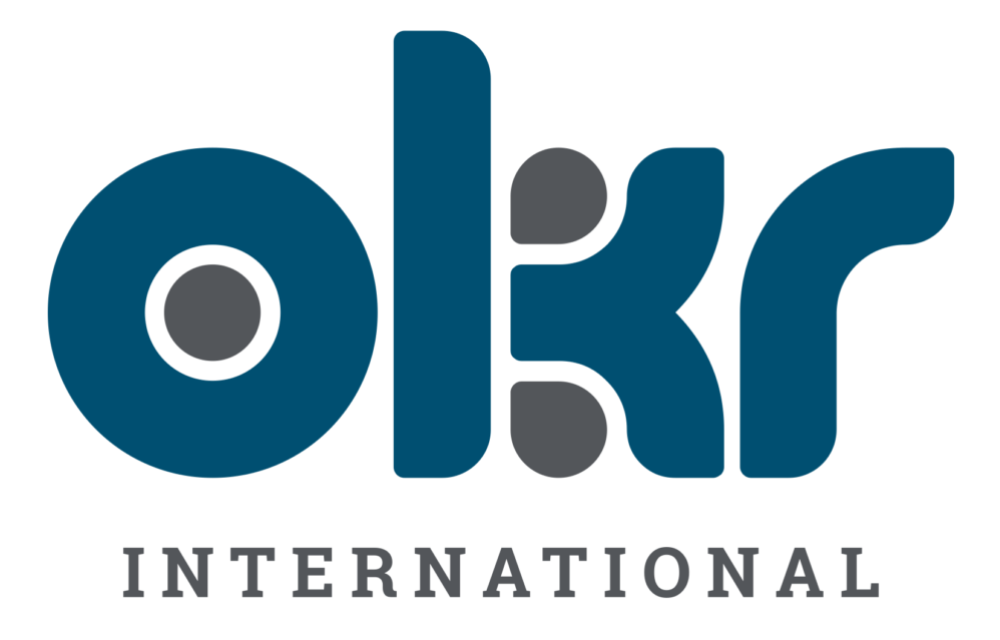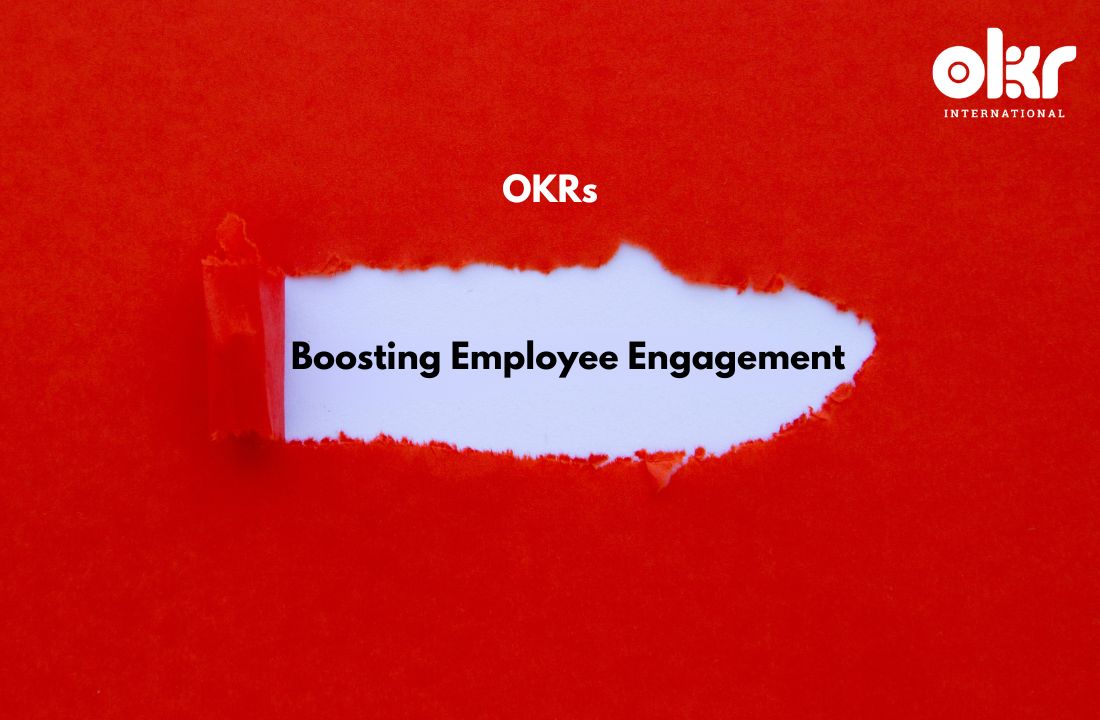Boosting Employee Engagement with OKRs
Introduction
You know the scene. As a business leader, you’ve seen both the days of bustling productivity and those of sluggish progress. It’s like a seesaw. Balancing motivation, engagement, and a positive work environment? That’s a challenge, right? Well, let’s talk about a nifty framework that might just be the answer – Objectives and Key Results, or OKRs for Employee Engagement.
The Potential of OKRs: An Illustration
Imagine this: you’re navigating a ship. Your team is the crew, but they don’t know the destination. Sounds chaotic, doesn’t it? OKRs are your map and compass, aligning your crew’s efforts with the ship’s direction. Now, doesn’t that sound like a voyage you’d want to be on?
Understanding OKRs
OKRs stand for Objectives and Key Results. Think of them as a ladder. The objective is the top of the ladder, the ultimate goal. The key results? They’re the rungs you’ll climb to reach the top. They’re specific, measurable steps that will take you to your objective.
Why are OKRs Important for Employee Engagement?
OKRs are like a motivational GPS. They help your team see where they’re heading and how their work contributes to the company’s success. They provide direction and purpose, two critical ingredients for employee engagement.
Steps to Implement OKRs for Employee Engagement
Setting Company-Wide Objectives: A Crucial First Step
Let’s start at the top. What’s your company’s mission? The answer to this question becomes your company-wide objectives. Imagine you’re a software company focusing on custom mobile apps. Your objective could be enhancing customer satisfaction through improved user experience. Communicating this goal to your team aligns everyone’s efforts towards a shared mission.
When Google started using OKRs, they were still a growing company. Their mission, to “organize the world’s information and make it universally accessible,” was ambitious. But they knew it was crucial to share this goal with everyone on their team. This objective became the company-wide goal that all individual OKRs would align with.
Crafting Individual Objectives: Aligning Personal Goals with Company Mission
Next, we go from the top down to the individual level. Employees should set personal objectives that contribute to the company-wide objective. A mobile app developer, for example, could aim to improve an app’s main screen load time by 20% within a month. Specific, measurable, time-bound – a perfect OKR.
With the company-wide objective in place for Google, individual employees and teams could begin setting their OKRs. For instance, an engineer in the Search team might have set their objective as “improve the speed and accuracy of search results.” This objective is specific, measurable, and directly contributes to Google’s mission.
Defining Key Results: The Benchmark for Success
Once the objective is set, it’s time to define key results. These are quantifiable steps to track progress towards the objective. For our developer aiming to improve load time, key results might be reducing image size, decreasing API requests, or improving data caching.
After setting the objective, the engineer would then define the key results to measure progress. They might include “reduce search result load time by 15%,” “improve search result relevance by 20%,” and “decrease downtime by 10%.” These key results are quantifiable and give clear direction on what steps need to be taken to reach the objective.
Monitoring Progress: The Key to Motivation
Keep an eye on the prize, they say. Regular check-ins and feedback sessions keep everyone focused and motivated. They’re also a chance for managers to lend a hand if someone’s struggling. Remember our app developer? If they’re having trouble, their manager can jump in with suggestions and support. It’s all about creating a supportive environment where everyone’s contributions are valued.
Google is known for its regular check-ins and feedback culture. Managers would meet with their teams regularly to discuss progress towards their OKRs. If our hypothetical engineer was struggling to reduce load time, their manager could offer suggestions, like optimizing the backend or using a different coding strategy. This constant support and guidance not only help the individual but also reinforce a culture where everyone’s contributions are valued.
Key Takeaways
This approach has certainly paid off for Google. By effectively implementing OKRs, they’ve managed to stay on course and achieve their ambitious mission, all while maintaining a high level of employee engagement and motivation.
Let’s wrap this up. OKRs are more than just a buzzword. They’re a game-changer for employee engagement. They align personal and company goals, provide clear direction, and offer a measurable path to success. It’s simple: when employees see the value of their work, they’re more motivated and engaged.
So, are you ready to climb the ladder of success with OKRs? Remember, keep your OKRs simple, involve your team in the process, and don’t forget those regular check-ins. It’s time to set sail towards a more engaged and motivated team.
The Gold Standard in Agile Performance Management
Future workplaces need to thrive in a rapidly changing environment. An agile performance management system provides an organisation with the wireframe to prosper in a marketplace riddled with volatility, uncertainty, complexity and ambiguity.
- Integrate OKRs & Performance Management System
- Bridge the gap between strategy & execution
- Go beyond the traditional bell curve
- Increase employee engagement & productivity



